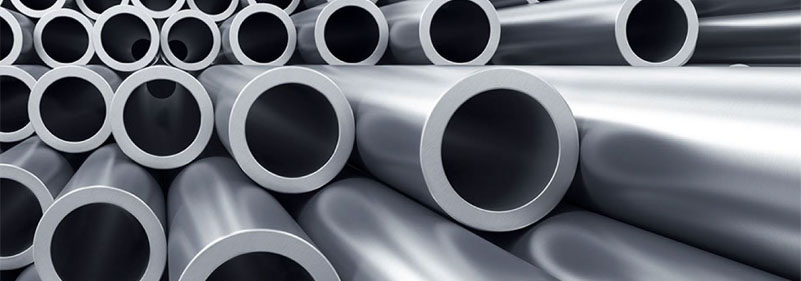Do you know the influence of these 4 elements on the properties of steel?
C is the main element second only to iron, which directly affects the strength, plasticity, toughness and weldability of steel.
When the carbon content in steel is below 0.8%, the strength and hardness of steel increase, while the plasticity and toughness decrease with the increase of carbon content; However, when the carbon content is more than 1.0%, the strength of steel decreases with the increase of carbon content.
With the increase of carbon content, the weldability of steel becomes worse (weldability of steel with carbon content greater than 0.3% decreases significantly), cold brittleness and aging sensitivity increase, and atmospheric corrosion resistance decreases.
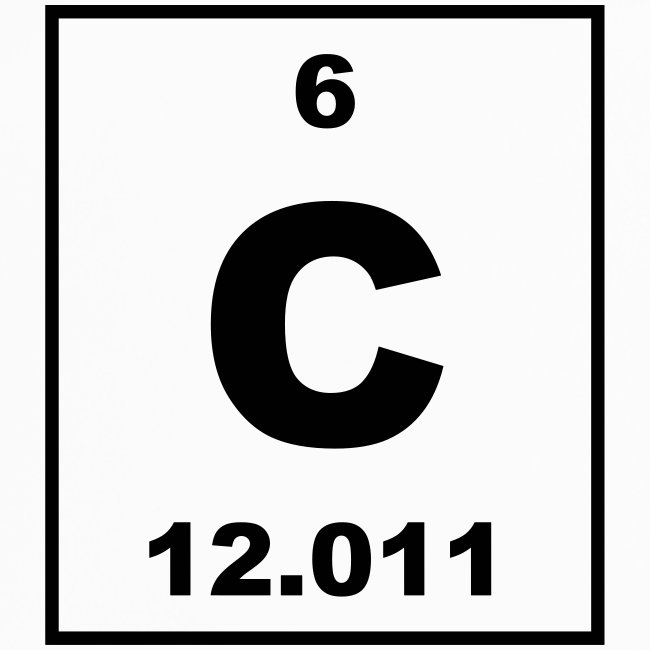
The effect of N on the properties of steel is similar to that of carbon and phosphorus. With the increase of nitrogen content, the strength of steel can be significantly improved, the plasticity, especially the toughness, can be significantly reduced, the weldability becomes worse, and the cold brittleness increases; At the same time, the aging tendency, cold brittleness and hot brittleness are increased, and the welding and cold bending properties of the steel are damaged. Therefore, the nitrogen content in steel should be reduced and limited as much as possible. Generally, the nitrogen content shall not be higher than 0.018%.
For some grades of stainless steel, appropriately increasing the content of N can reduce the use of Cr and effectively reduce the cost.
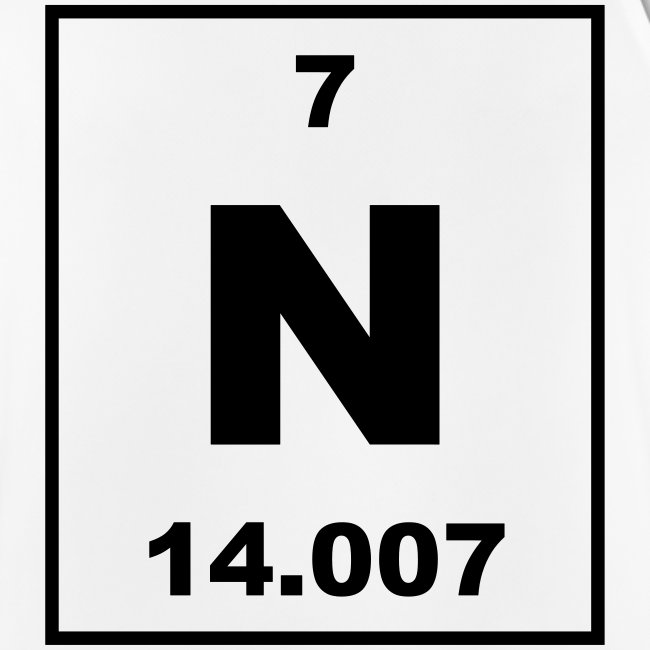
O is a harmful element in steel. It naturally enters the steel in the steelmaking process. Although manganese, silicon, iron and aluminum should be added for deoxidation at the end of steelmaking, it can not be removed. During the solidification of molten steel, the reaction of oxygen and carbon in the solution will produce carbon monoxide, which can cause bubbles. Oxygen mainly exists in the form of FeO, MnO, SiO2, Al2O3 and other inclusions in the steel, which reduces the strength and plasticity of the steel. In particular, it has a serious impact on fatigue strength and impact toughness.
Oxygen will increase the iron loss, weaken the permeability and magnetic induction, and intensify the magnetic aging effect in silicon steel.
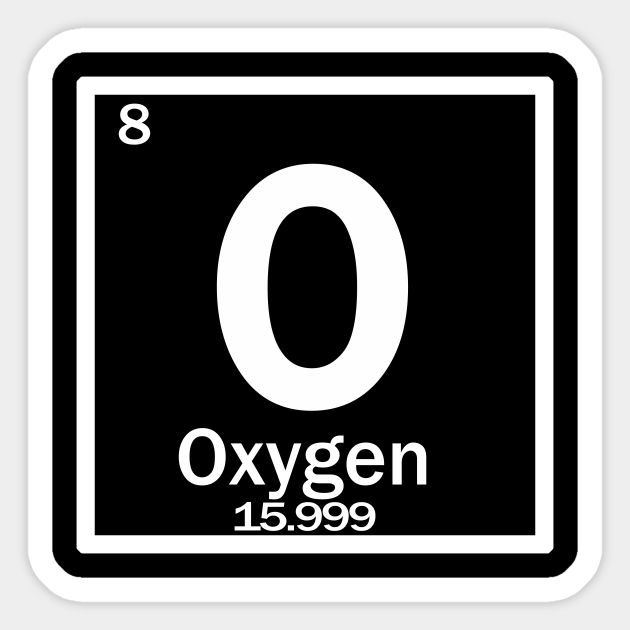
Si is an important reducing agent and deoxidizer in steelmaking process: many materials in carbon steel contain less than 0.5% Si, which is generally brought in as reducing agent and deoxidizer in steelmaking process.
Silicon can be dissolved in ferrite and austenite to improve the hardness and strength of steel, which is second only to phosphorus. However, when the silicon content exceeds 3%, the plasticity and toughness of the steel will be significantly reduced. Silicon can improve the elastic limit, yield strength and yield ratio of steel , and fatigue strength and fatigue ratio. This is because silicon or silicon manganese steel can be used as spring steel.
Silicon can reduce the density, thermal conductivity and conductivity of steel. However, under strong magnetic field, silicon reduces the magnetic induction strength of steel. Silicon has strong deoxidizing force, which reduces the magnetic aging effect of iron.
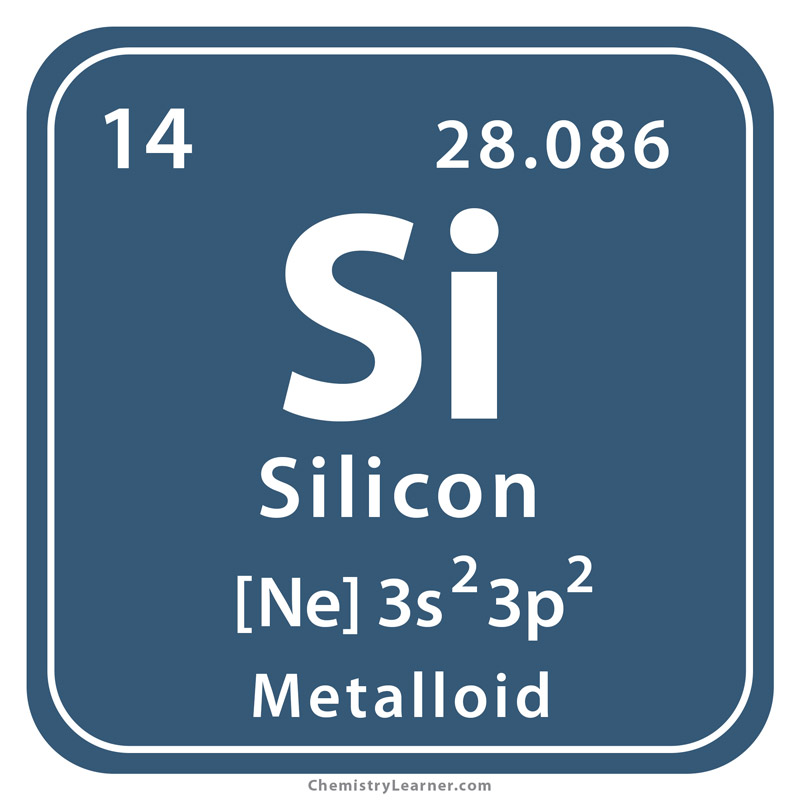

 English
English 中 文
中 文 Español
Español Português
Português Deutsch
Deutsch Türk
Türk Pусский
Pусский عربي
عربي 한국인
한국인 日本語
日本語